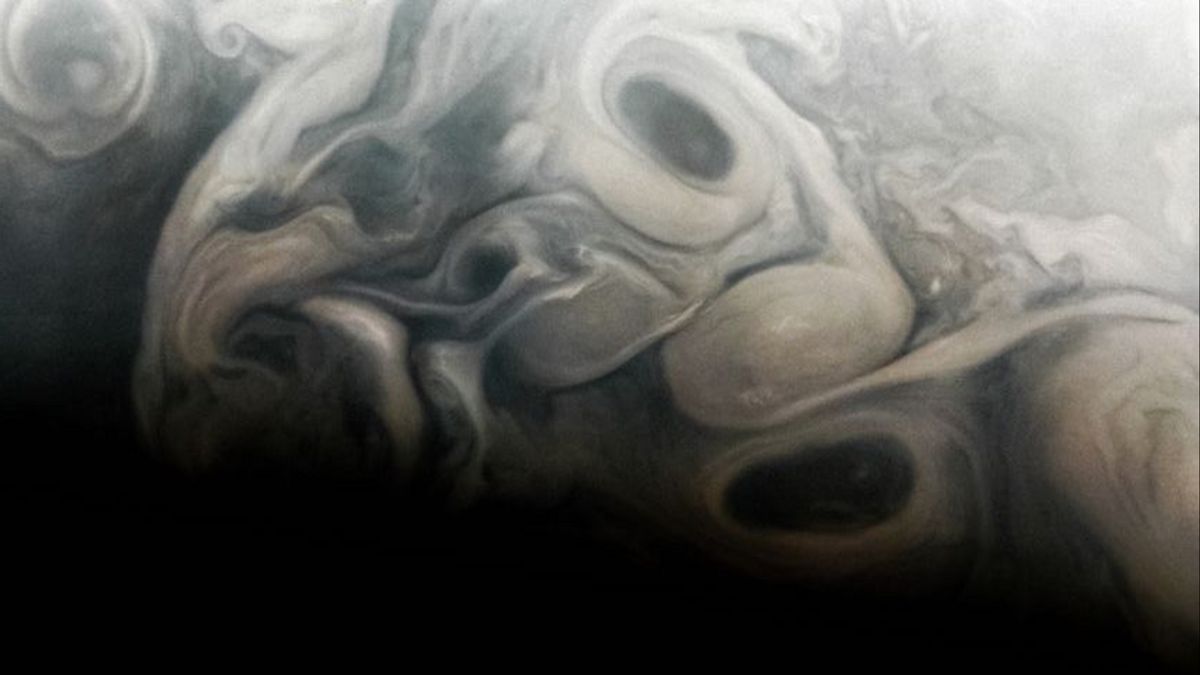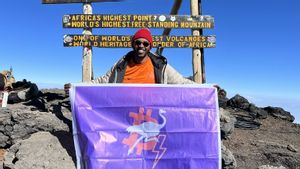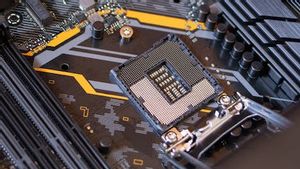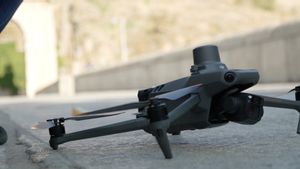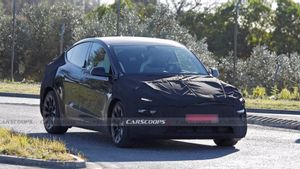JAKARTA - Jupiter is not a suitable place to live in humans, but the United States Aeronautics and Space Agency (NASA) still needs to observe the largest planet.
NASA has launched Juno, a spacecraft to observe Jupiter, since 2011. The spacecraft flew closely to photograph several Jupiter regions from above.
Of the many portraits that Juno immortalizes, there is one image that is quite memorable to remember. This image shows the N7 Jet region at the northern tip of Jupiter. The top look of the region is quite dire.
In fact, the image that Juno immortalized last September was a formation of a rotating cloud. However, this divided formation makes it look strange and resembles a face.
Quoting from Sciencealert, this cloud information penetrates Jupiter's atmosphere and separates the lines of the planet, the pale belt, and the brown-red zone. According to scientists, this complicated cloud pattern is very useful for knowledge science.
VOIR éGALEMENT:
In addition to separating the day and night, these clouds are formed because of the support of the Sun's light that shines obliquely. This slope makes the shadow long.
These findings may be able to help scientists understand the bad storms on Jupiter, one of the reasons why space agencies do not explore Jupiter as a place to live in humans.
So far, the shape of Jupiter's cloud clumps is always varied. Sometimes we can see it like an animal or even a human face. This all happens because of the partial illusion of paridolia, the psychological state when we see a dead object like a face.
The English, Chinese, Japanese, Arabic, and French versions are automatically generated by the AI. So there may still be inaccuracies in translating, please always see Indonesian as our main language. (system supported by DigitalSiber.id)
